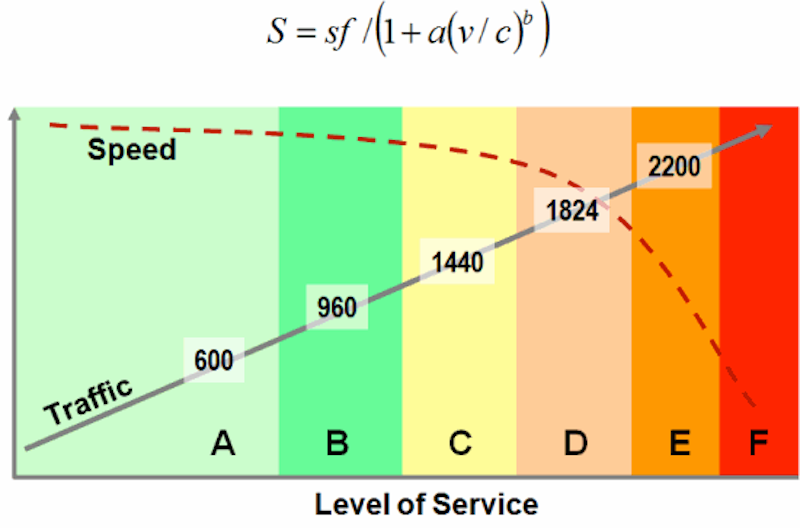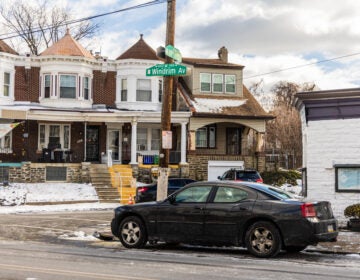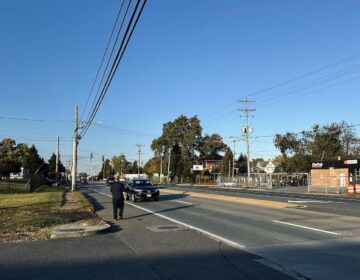Explain That Term: Level of Service

California recently stopped using “level of service” as a metric to evaluate urban transportation and street changes, and several other states have been adopting an urban street design guide published by NACTO (National Association of City Transportation Officials) that deemphasizes this metric.
Why are they doing this? While it sounds like a technical issue, it’s really a question of political values.
“Level of service” (LOS) is a term transportation engineers use to describe the speed of traffic flow on a road.
The term first appeared in the Highway Capacity Manual of 1965, and is used in newer editions of the HCM and AASHTO’s (American Association of State Highway and Transportation Officials) Green Book, which assigns roads a letter grade between “A” and “F” — with A (free flow traffic) being the best, and F (forced or breakdown flow traffic) being the worst.
While it can be used to apply to any kind of transportation (“the level of service for bikes on Broad Street”) when engineers use it alone (“the level of service for Broad Street”) they are normally talking about a road’s level of service for cars, and specifically single-occupancy vehicles.
While no one disputes that this is a useful way to judge the design of highways – where fast throughput of cars is the chief value – urbanists and livable streets advocates criticize the use of LOS letter grades for traffic studies of urban streets, where the Green Book’s implied goal of maximizing throughput for single-occupancy cars is in competition with other goals like pedestrian safety, buffered lanes for transit vehicles and bikes, and mixed-use infill development.
Some street changes like buffered bus lanes – which slow down individual cars, while speeding up higher-capacity buses – can land a street with a “failing” grade, even as the street moves more people faster. This matters because if a proposed change would take a street’s LOS grade down into D or F territory, even while increasing that street’s capacity to move people, state transportation officials are more likely to oppose it.
WHYY is your source for fact-based, in-depth journalism and information. As a nonprofit organization, we rely on financial support from readers like you. Please give today.






